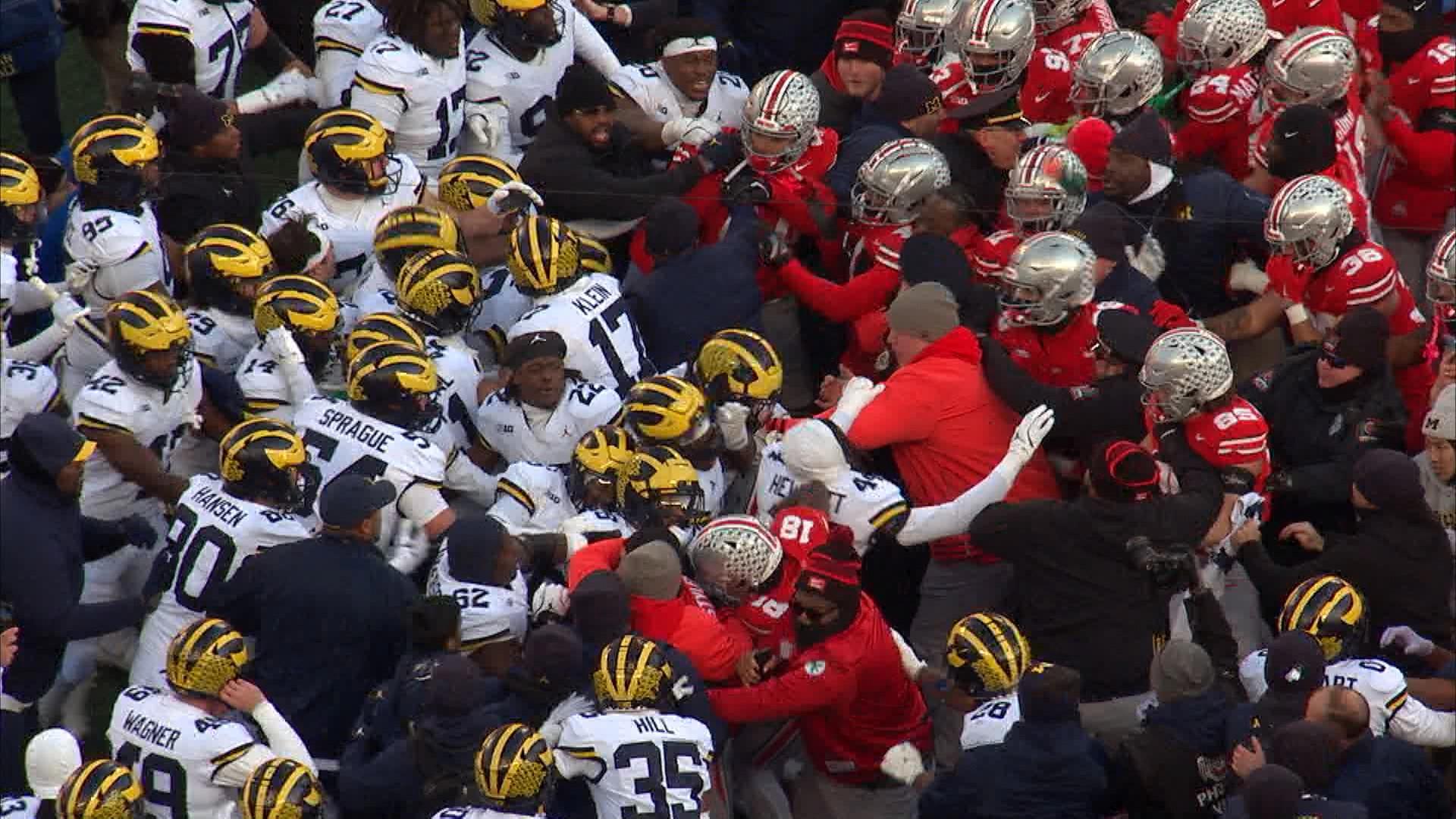When the Ohio State Buckeyes take on the Michigan Wolverines, it’s more than bragging rights. This legendary showdown, with famous coaches like Bo Schembechler and Woody Hayes on the sidelines, completely changed how college football teams compete. This rivalry’s fierce battles and coaching styles still shape how the game is played and coached today.

The Foundation of College Football’s Greatest Rivalry
The Ohio State-Michigan rivalry began in 1897, but it didn’t really grab the nation’s attention until the early 1900s. In those first years, Michigan totally owned the matchup, going 12-0-2 against Ohio State from 1897 to 1912.
Fielding Yost’s famous “point a minute” teams were especially dominant, outscoring the Buckeyes 214-6 during that stretch. Michigan’s early run set the tone for how a big rivalry can lift not just the teams involved, but entire programs and conferences.
The rivalry’s significance transcended regional boundaries when ESPN ranked it “the greatest North American sports rivalry ever” in 2000.
Years of battles for the Big Ten and the Rose Bowl showed that fierce rivals had the power to move college football as a whole. Since 1935, the game has been played at the end of the season, and it has become the main reason why conferences plan their schedules a certain way.
It was clear that rivalry influenced recruiting and program growth, as the annual game became a standard of achievement for both schools. Everyone realized that a career was judged by winning “The Game,” not by a high overall record, as fans and commentators said.
The rivalry between Ohio State and Michigan helped shape the best stories in college football today. When both colleges proved that their single games could become cultural events, college football’s national fame and continued role in shaping athletic policy were made clear.
It is still very emotional for fans and alumni, as shown by what U.S. Senator JD Vance said on X after Ohio State lost:
The Ten-Year War: Coaching Philosophy Meets Innovation
The philosophical fight in football was strongest during “The Ten Year War,” when Michigan under Bo Schembechler and Ohio State under Woody Hayes met from 1969 to 1978. During these years, different ideas about how to play football influenced coaching style everywhere in the US.
Hayes, famous for saying “three things can happen when you pass, and two of them are bad,” represented traditional ground-and-pound football. His “three yards and a cloud of dust” offense became synonymous with conservative, methodical gameplay.
Schembechler countered with his philosophy encapsulated in his famous motto: “Those who stay will be champions”. This principle emphasized commitment and program building over quick fixes, influencing how college programs approached player development and roster management.
KEEP READING: Sherrone Moore’s Michigan Football Making Bold Push for Top 5 Class With Visits Lined Up for 5-Star Recruits
The 1969 upset, where unranked Michigan defeated top-ranked Ohio State 24-12, demonstrated how rivalries could produce the sport’s most memorable moments and career-defining games.
The Ohio State-Michigan rivalry set the standard for what makes college football so exciting. These games aren’t just about football—they’ve turned into huge cultural events that grab the whole country’s attention. This rivalry proved that a single matchup can go way beyond becometself, and it’s helped shape the waye think about college football even today.
College Sports Network has you covered with the latest news, analysis, insights, and trending stories in football, men’s basketball, women’s basketball, and baseball!

